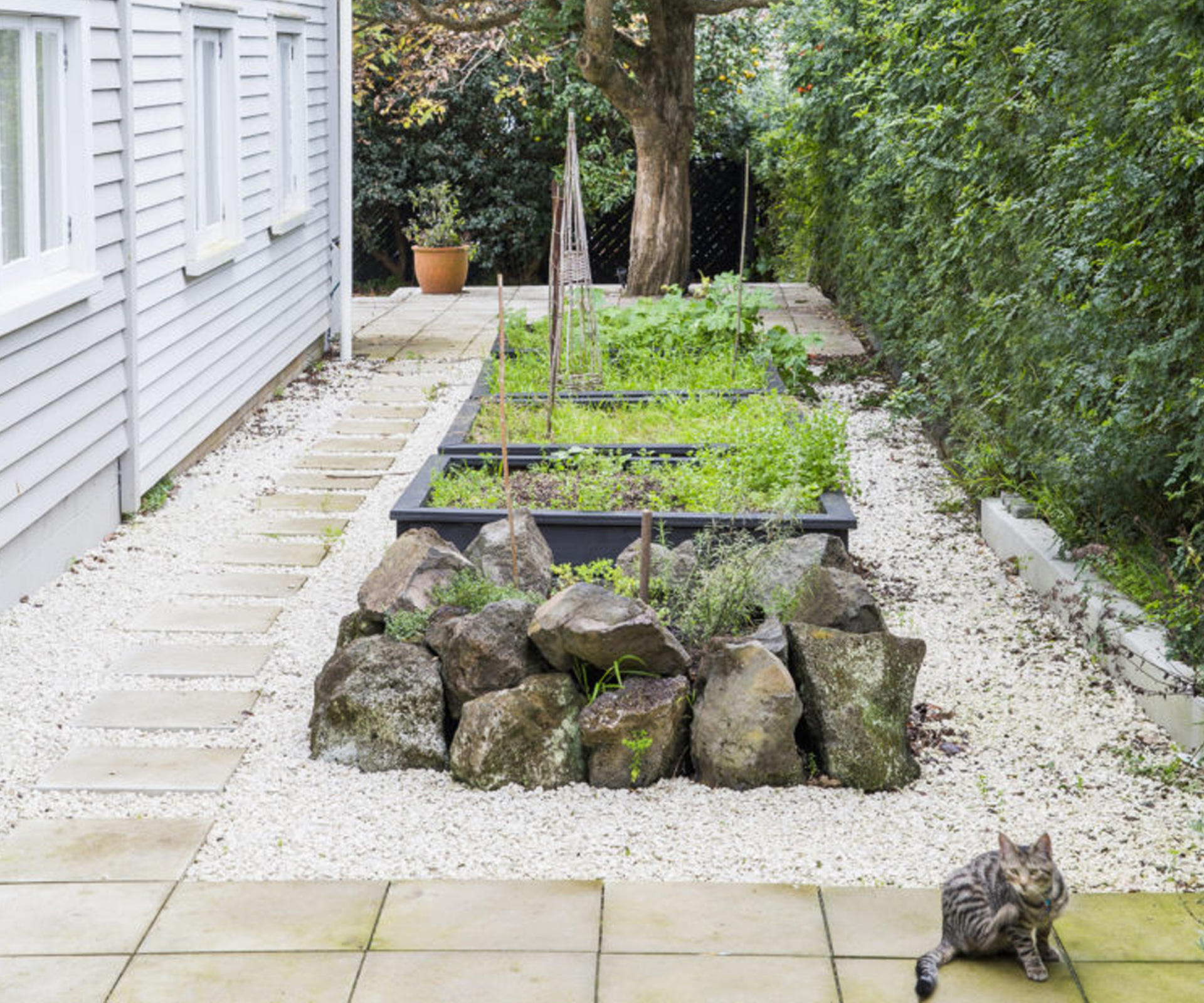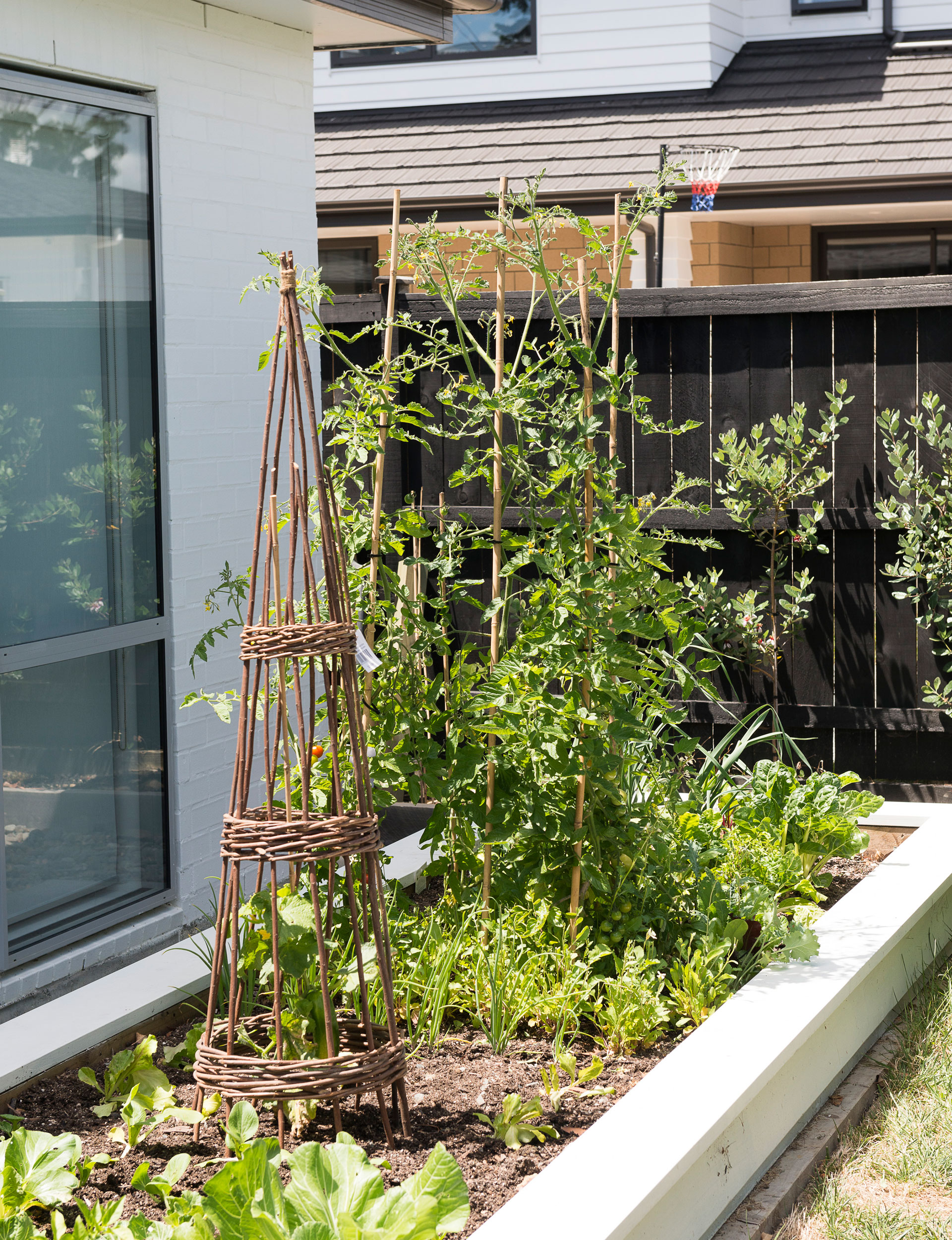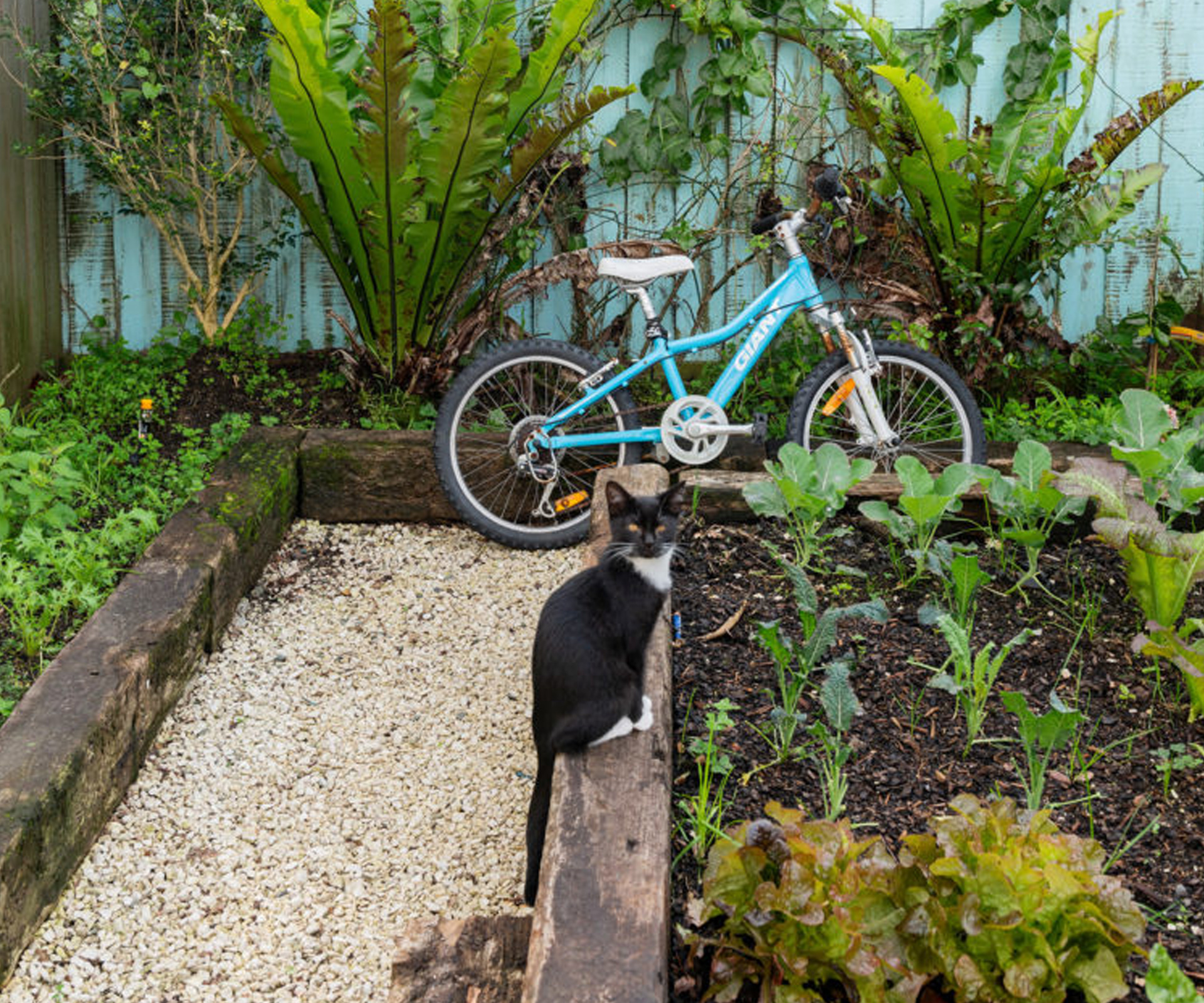Here’s what you need to be planting, harvesting and sowing in your garden this month
Plant
Now is a good time to plant deciduous fruit trees such as apples, pears, peaches, plums and nectarines if the ground is not too wet in your area. Check if the variety is self-pollinating as some fruit trees need a compatible tree close by to pollinate well. Always remove any young fruit in first year or two to allow roots to establish properly.
Globe artichoke plants can be divided and replanted now. After cutting back top leaves, divide root base into smaller sections, each with its own roots, and replant, allowing 1m between each. Mulch with pea straw or similar to protect them during cold weather.
Asparagus should be planted in winter, ideally in a sunny spot in very fertile soil with a high lime content and great drainage. It is best grown from one-year-old crowns. Prepare soil by adding plenty of compost, manure and an all-purpose fertiliser. Dig a 15cm trench and plant crowns about 30cm apart, covering with a few centimetres of soil. Add more soil after 2 weeks, gradually filling trench.
It’s the shortest day this month (22 June) and traditionally the day to plant garlic, although it can be planted at any time during winter in warmer areas. In cold regions wait a few months (or grow in pots) as garlic is frost tender. Plant, pointed tip up, in holes 2cm deep and 15cm apart. Choose a well-drained, sunny site and feed with liquid fertiliser after planting.
Tip If you can’t afford a glasshouse to protect vege seedlings over winter, think about making a tunnel house to extend your growing season. You can build them to sit over your vege patch, enabling you to direct-sow seeds weeks earlier. There are lots of ideas online on how to do this.

Harvest
Peas are one of the best crops to have in the garden if you have small children who adore eating them straight off the vine. Peas are at their delicious best if picked when young and tender. Don’t let pods get too fat because the peas inside can quickly become hard and starchy. Regular picking encourages more pods to develop, too. Not many of us have space for huge pea crops so if you can’t harvest enough for a meal in one go, freeze small amounts until you’re good to go.
Keep picking leafy greens such as spinach, lettuce, mustard greens and mizuna to encourage plants to produce more leaves.
Many feijoa and guava trees are still in fruit but if you’re over eating them fresh try turning them into crumbles, fruit salads, fools or homemade ice cream. Pick fruit before or soon after it falls as feijoas and guavas rot quickly.
Kūmara should be harvested now, especially in colder places where frosts are likely. Kūmara skins are thin and easily damaged so clean soil off tubers carefully. Leaving them to dry out in a warm spot reduces the likelihood of disease during storage.
Pick Brussels sprouts when they are golf ball size. Pick them off the stem and leave plant to produce more sprouts. Plain boiled Brussels sprouts are off the menu these days, so try grilling, roasting or using them in stir-fries instead.
Pick lemons when they are still on the tree; once they hit the ground they will be almost too ripe, so use those quickly.

Sow
Sow broad beans every 3-4 weeks for a continual harvest from early spring onwards. Tall varieties need staking. Give plants lots of space (20cm apart, in rows 60cm apart) and choose a sunny, well-drained spot.
Broccoli can be sown now in warmer areas; wait until spring in colder places. Sowing seeds in pots before planting out is best. Space seedlings widely (about 45-60cm) when they’re ready to plant out in the garden.
It’s best to sow spinach directly into the garden, spacing rows about 30cm apart. Fast germination and growth rates mean you can be harvesting within 5-10 weeks. As plants grow larger, thin out until they are about 50cm apart. The seed germinates at low temperatures so it can be sown throughout the country. Mulch plants in very cold regions.
If you live in warmer regions carrots can be sown throughout the winter. They prefer finer, silty or volcanic soils so carrots should be planted in containers or raised beds if your soil is too heavy and lumpy. Soil will also be warmer in containers which also means seed will germinate faster.
Beetroot can be sown in warmer areas, ideally in good, friable soil with excellent drainage as boggy ground encourages diseases. Sow seed around 1.5cm deep and 5-10cm apart. Beetroot is another good vege for container cultivation, particularly if soil is heavy.
Words by: Carol Bucknell. Photography by: Todd Eyre, Helen Bankers / bauersyndication.com.au.
EXPERT PROJECTS

Create the home of your dreams with Shop Your Home and Garden
SHOP NOW












